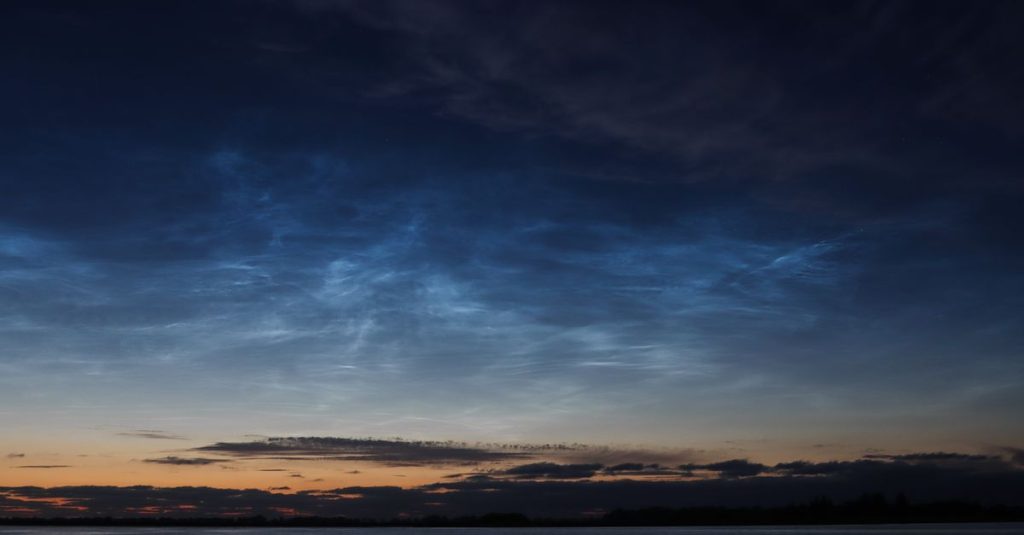Aurora recently arrived over the Netherlands. Away from the street lights, you could see pink and green curtains in the sky. The polar lights rarely come this far south. But don’t worry if you miss it. There are many other beautiful and special optical phenomena that you can see.
in Optical phenomena in the Netherlands Peter Paul Hattinga Verschoor describes in detail the optical spectacles that we can see in our country. Everyone has seen the red evening during sunset and the rainbow – the “ambassador” of optical phenomena. But there is much more to it than that, if you know when, where and how to look. Then you see, for example, fog arcs, luminous night clouds, a roof ring or a green flash – where the last ray of sunlight, before the sun disappears behind the horizon, suddenly turns bright green briefly.
Not all optical phenomena such as rainbows are easy to observe. Almost all of these phenomena are the result of the interaction between sunlight and atmospheric particles, such as water droplets, ice crystals, and particles. Only the aurora is not created by sunlight, but by charged particles thrown into space during explosions on the surface of the Sun. Hattinga Verschure has divided the chapters for each part.
Down and pollen
There is a chapter on down and pollen. Those suffering from hay fever can take comfort from the fact that they can see pollen rings between sneezes. Dandelion seed pods appear to light up as bright white dots as they move in front of the sun, on dry, sunny days in late spring and early summer. To avoid being blinded, Hattinga Verschure recommends viewing with dark sunglasses and “from a position from which we have covered bright sunlight with a cornice or other object.”
Through his detailed explanation, Hattinga Verschoor follows in the footsteps of previous publications on optical phenomena. For example, he regularly refers to the trilogy Open field physics By Marcel Meynaert (also frequently cited in the Daily Science section of this newspaper).
As founder of the central reporting point and collection of optical phenomena, Hattinga Verschure has a large archive containing photographs, illustrations (sometimes quickly sketched on the paper provided) and written reports from observers around the country. This is used to explain it. In the back you’ll find appendices with graphs and tables on observations over the past 50 years, such as the number of days in a year that Bishop’s ring was visible.
This size makes the book less suitable if you just want to occasionally and quickly look up something related to a light scene you happen to see. You can even skip the first three chapters. These topics revolve around the history of observing optical phenomena, optical illusions, and practical tips. But for the real enthusiast, this is a nice book to flip through, learn something about observational techniques, and then walk outside and look.

“Coffee buff. Twitter fanatic. Tv practitioner. Social media advocate. Pop culture ninja.”










More Stories
Which can cause an increase in nitrogen.
The Central State Real Estate Agency has no additional space to accommodate Ukrainians.
The oystercatcher, the “unlucky national bird,” is increasingly breeding on rooftops.